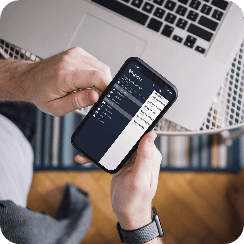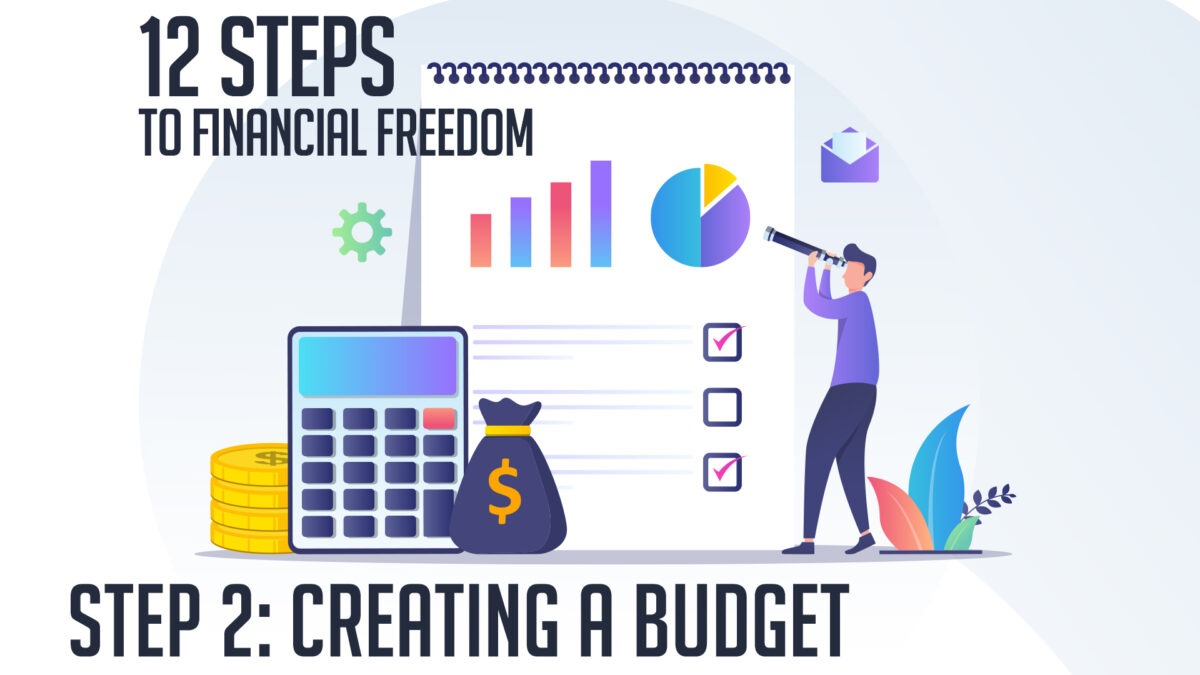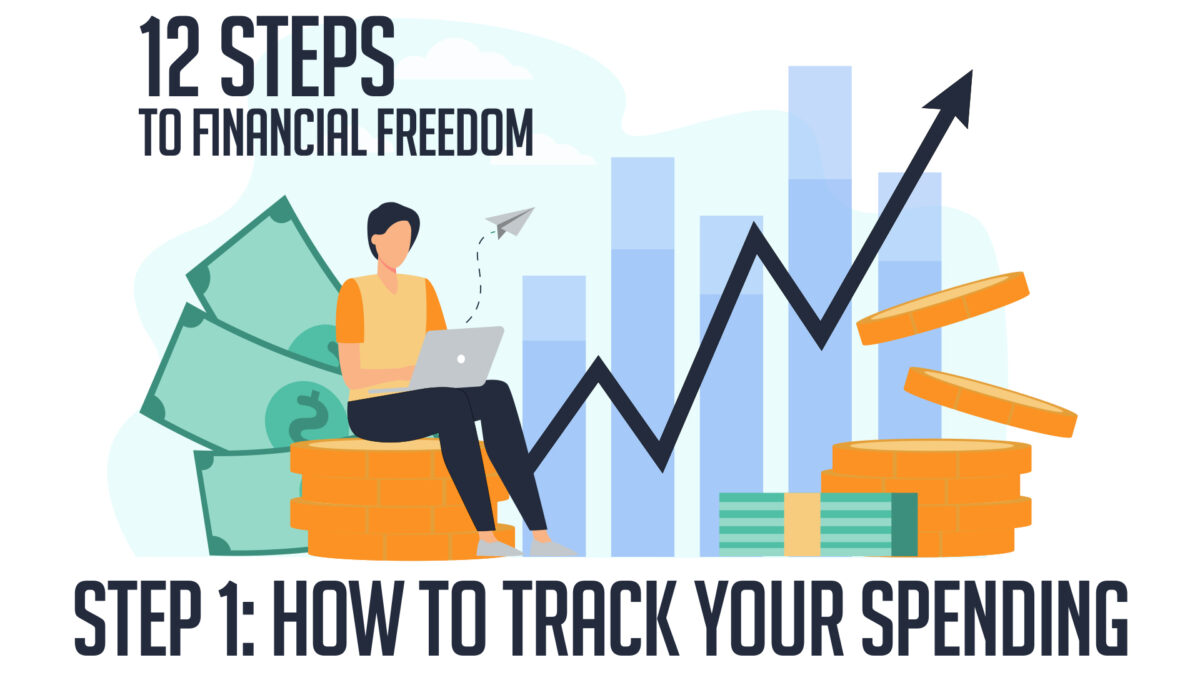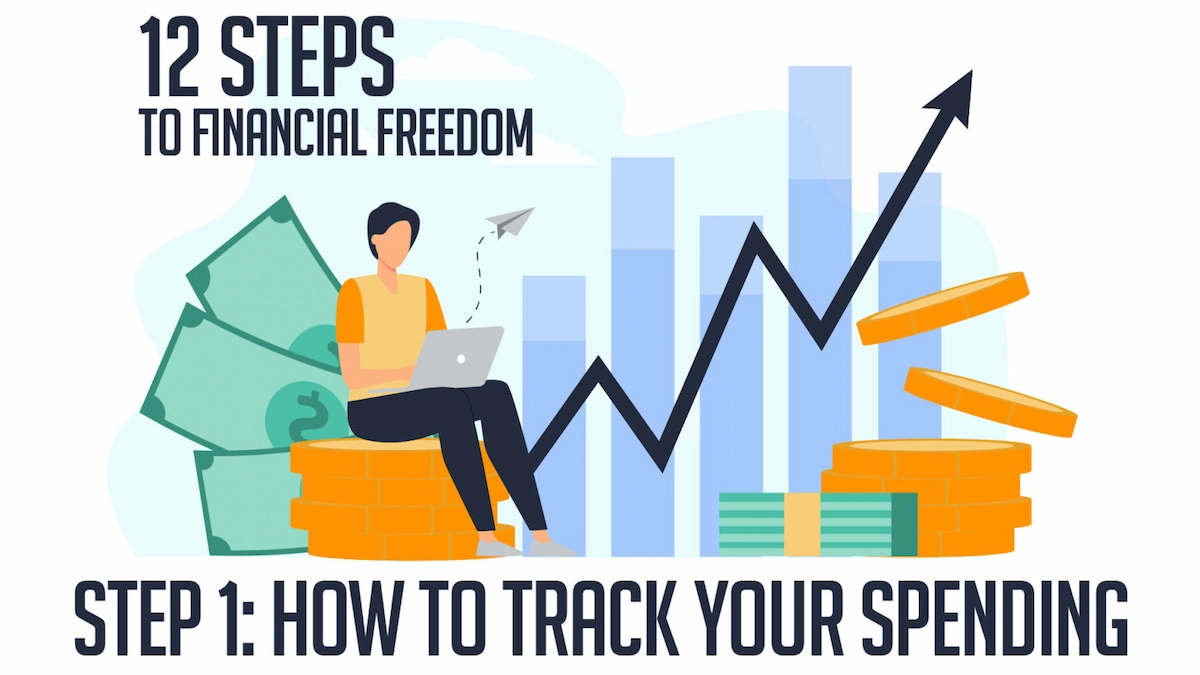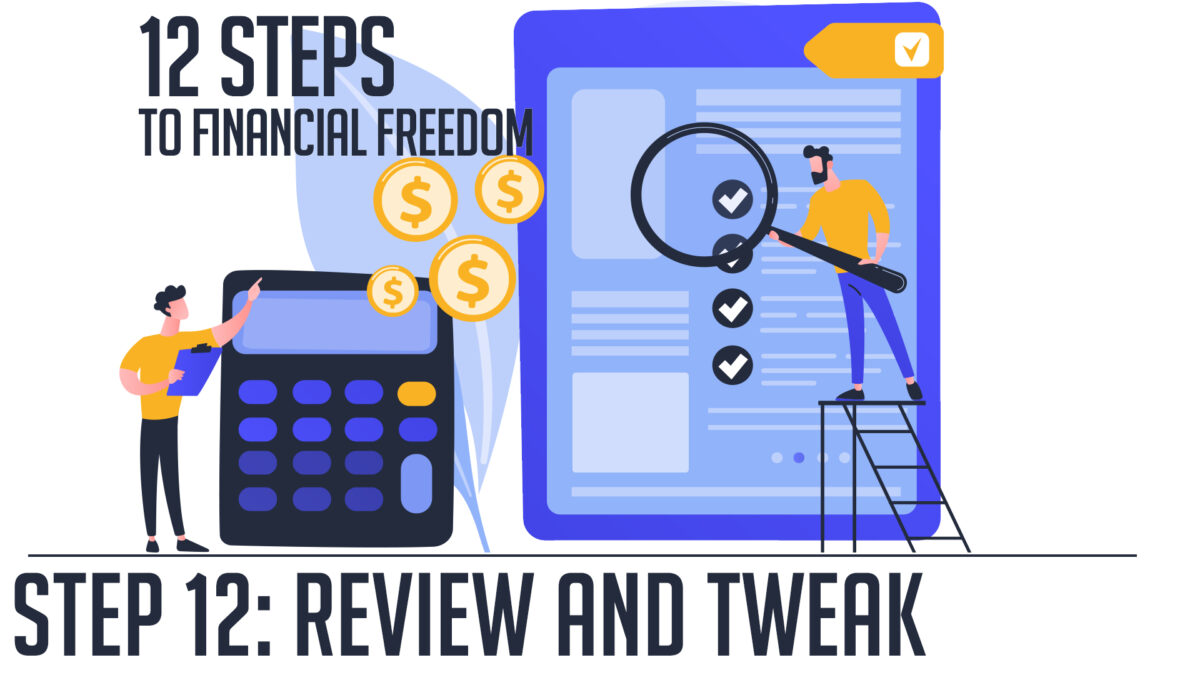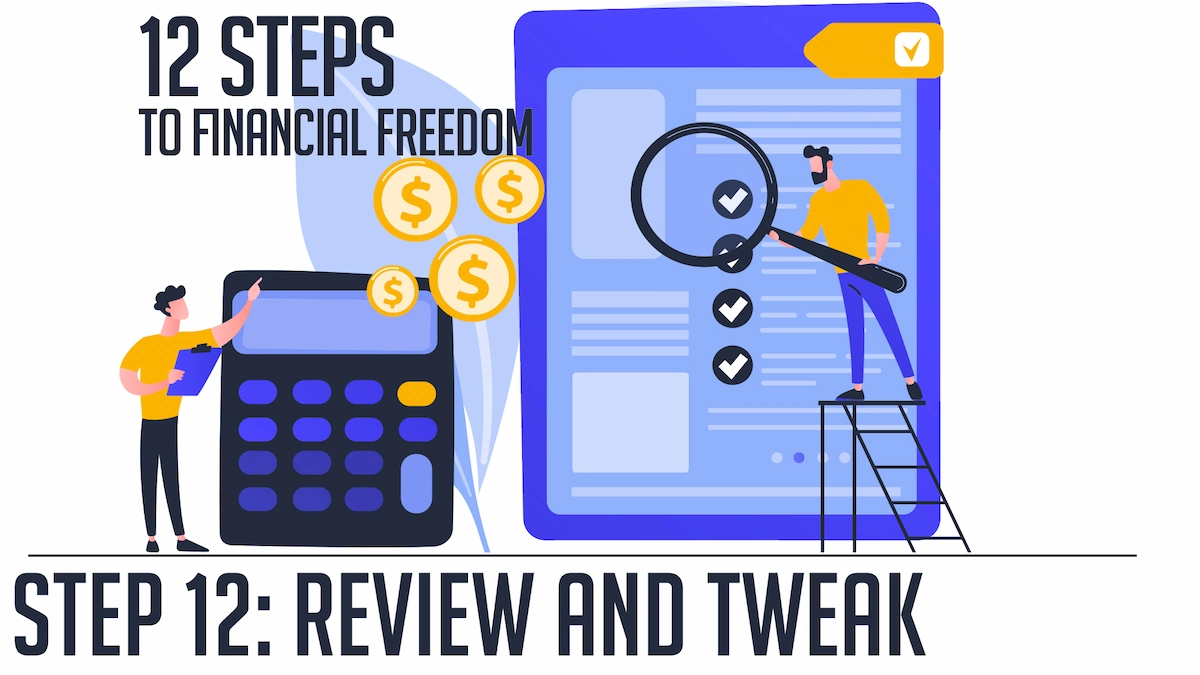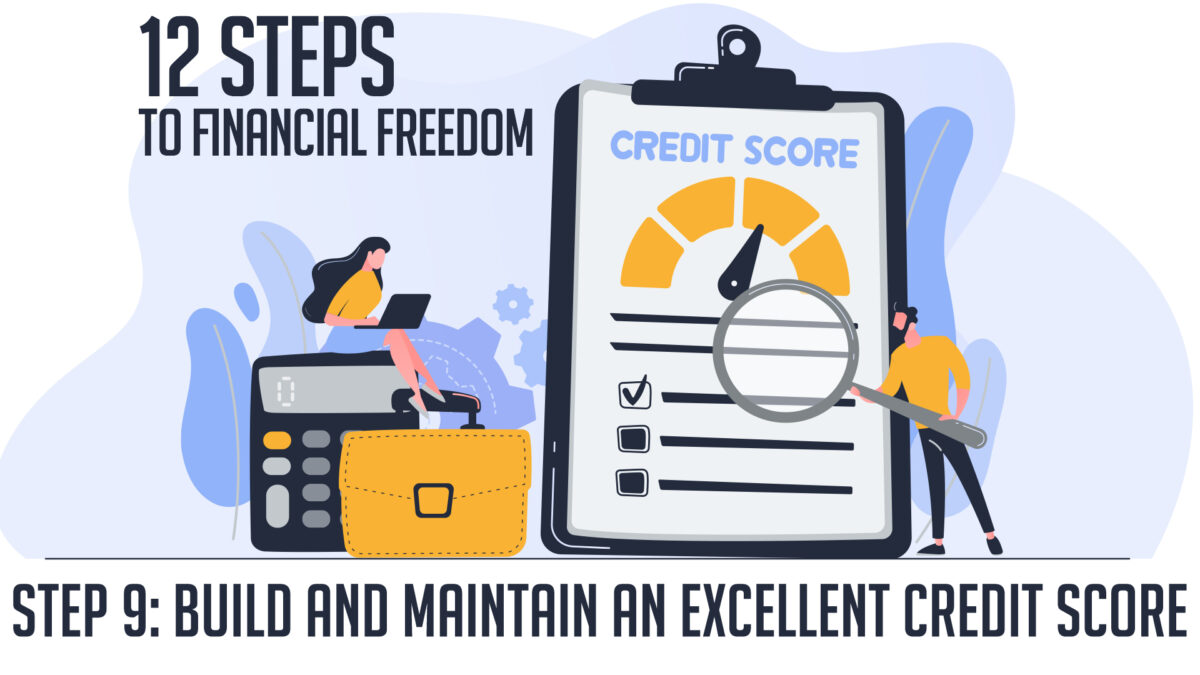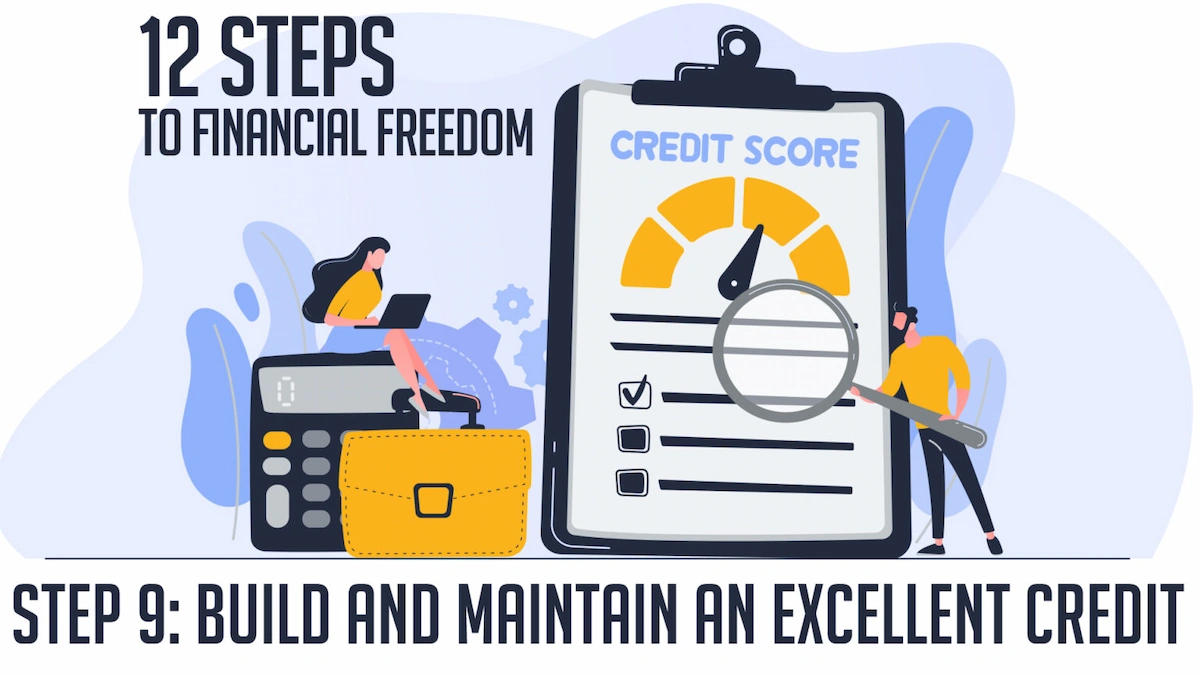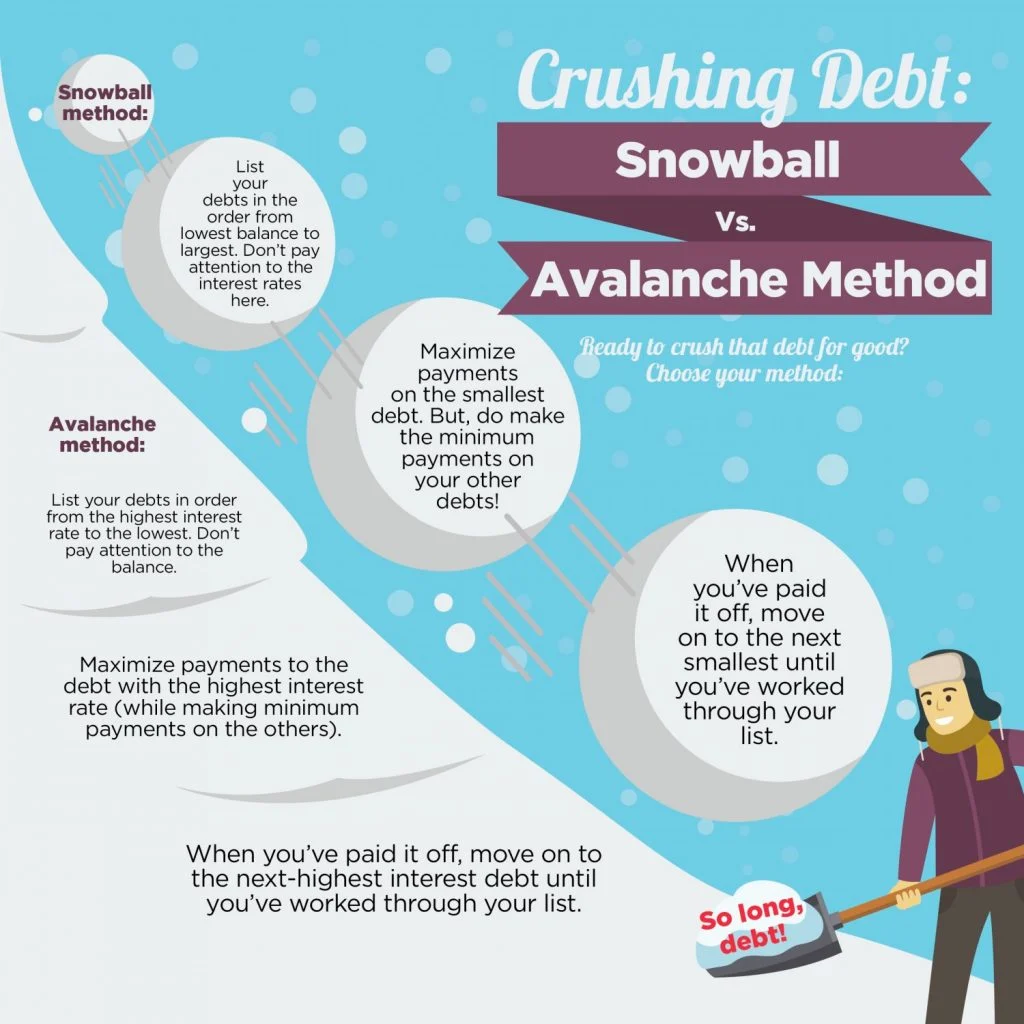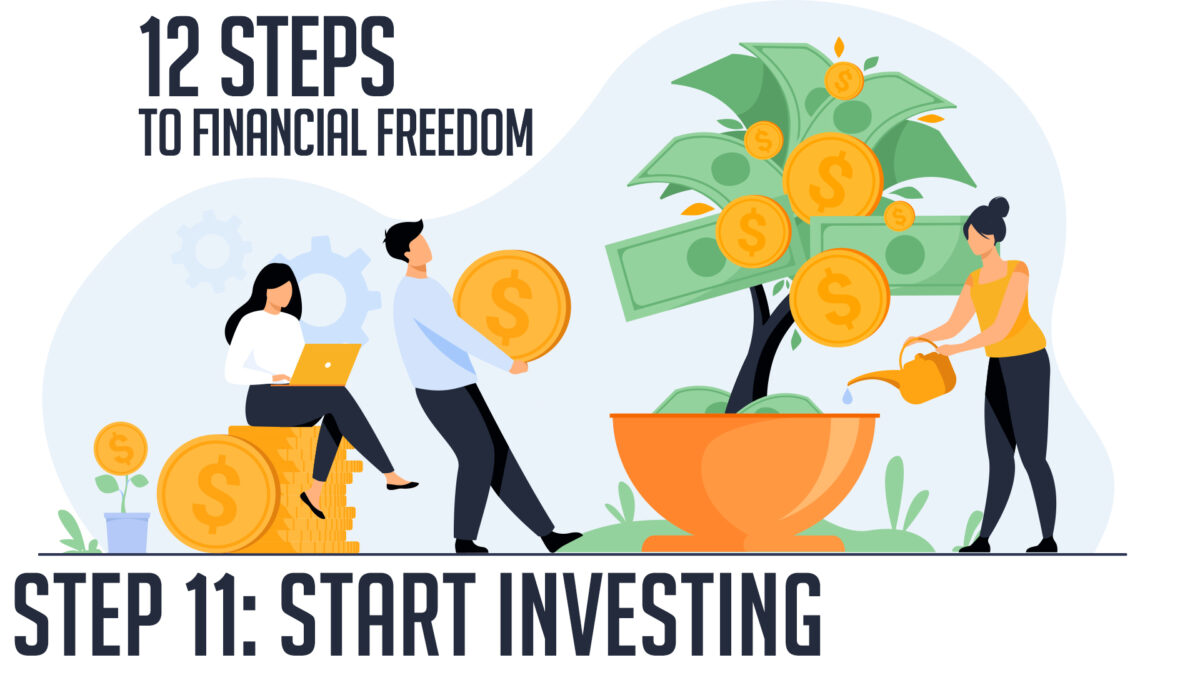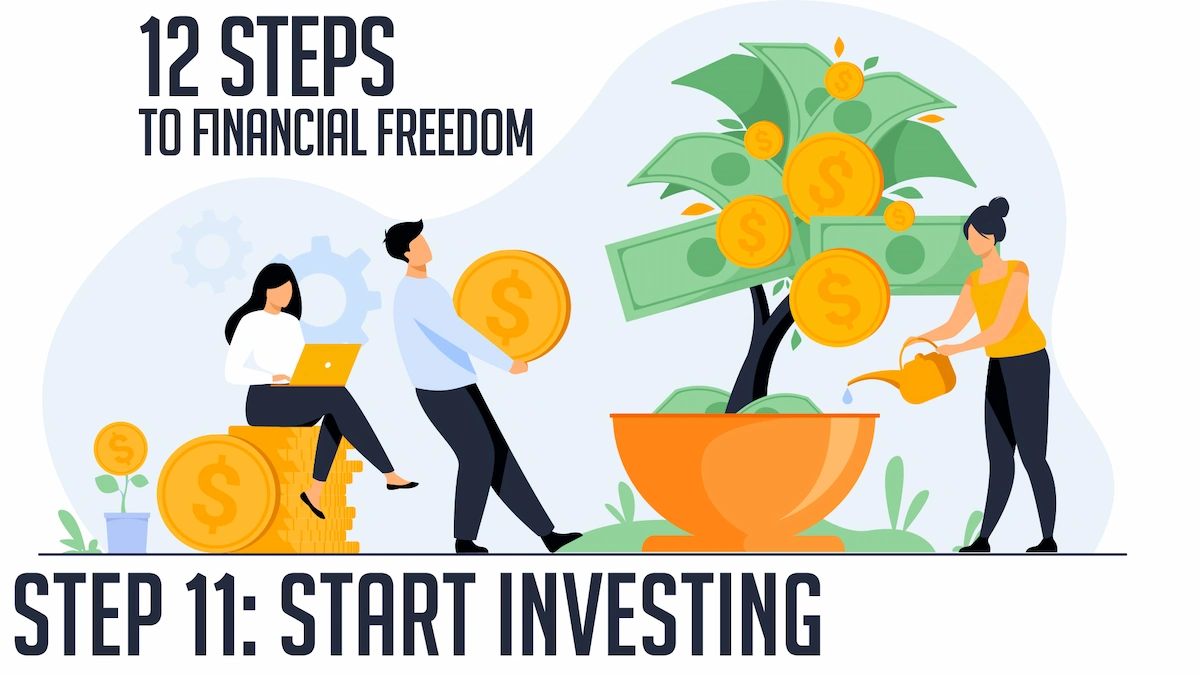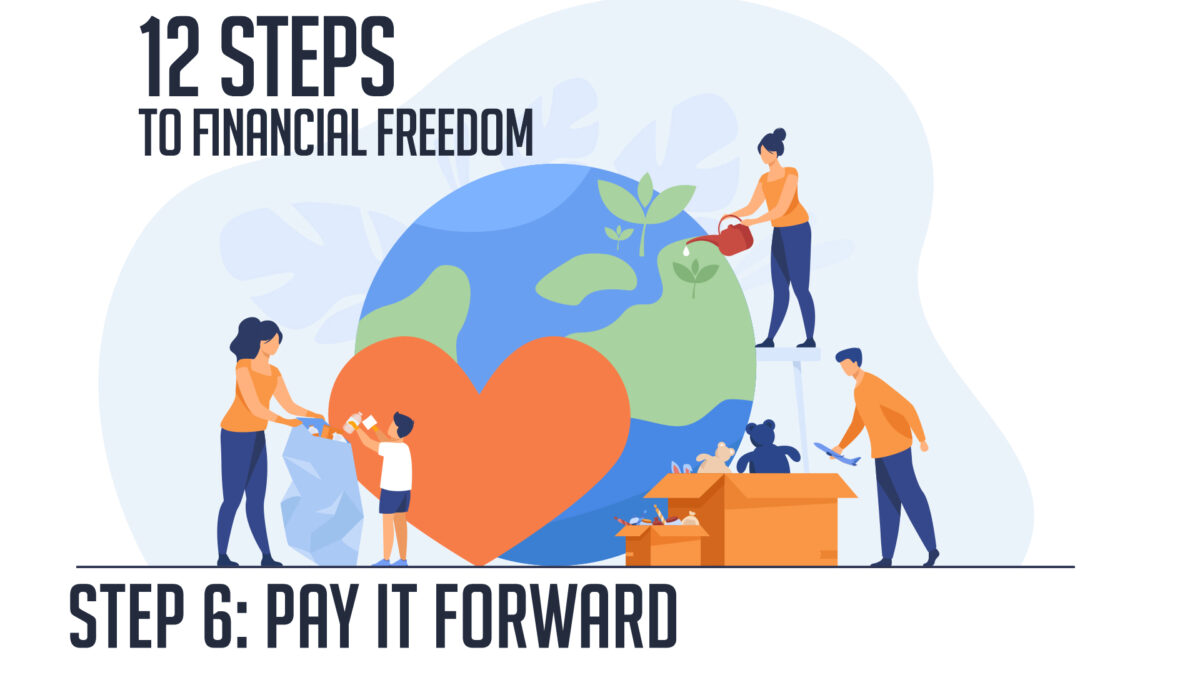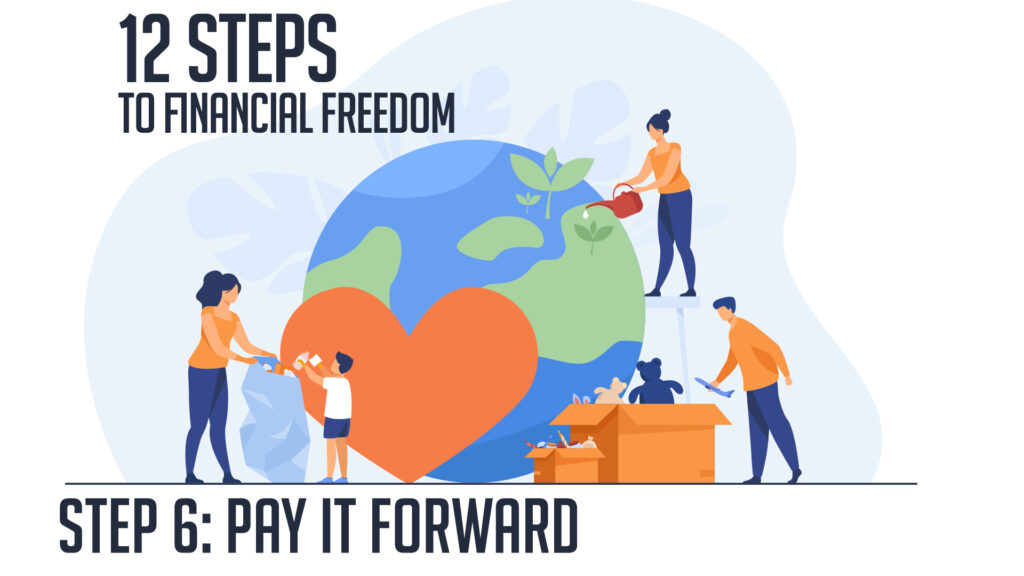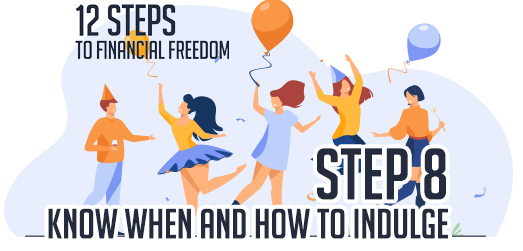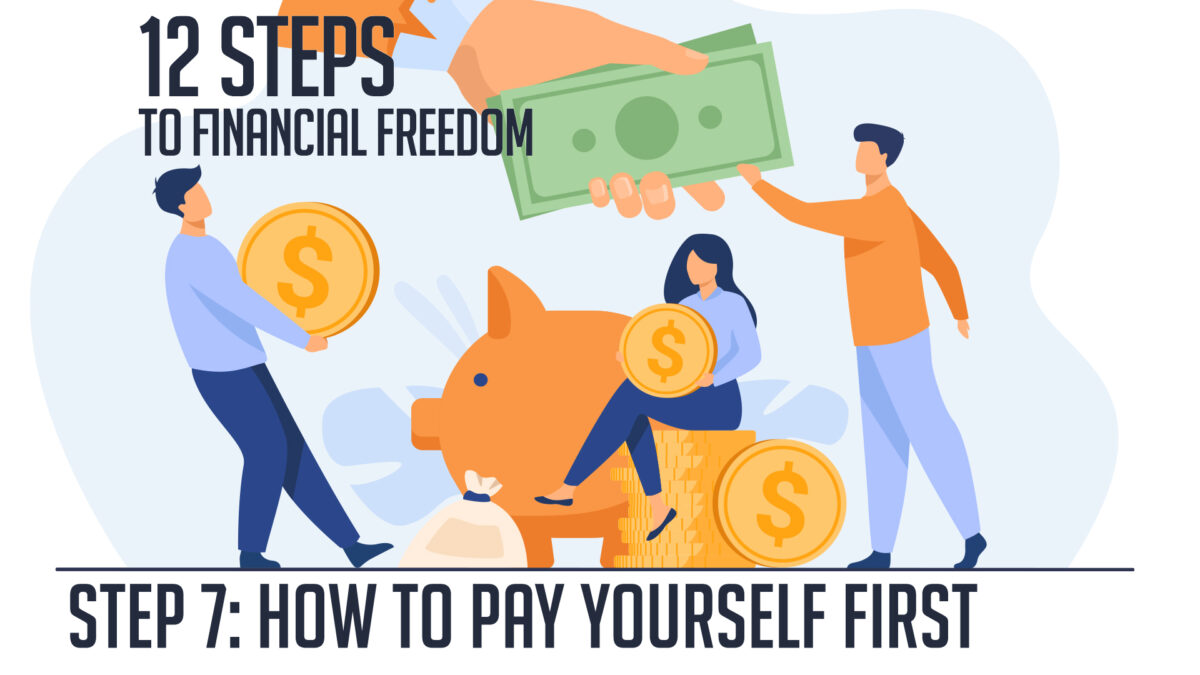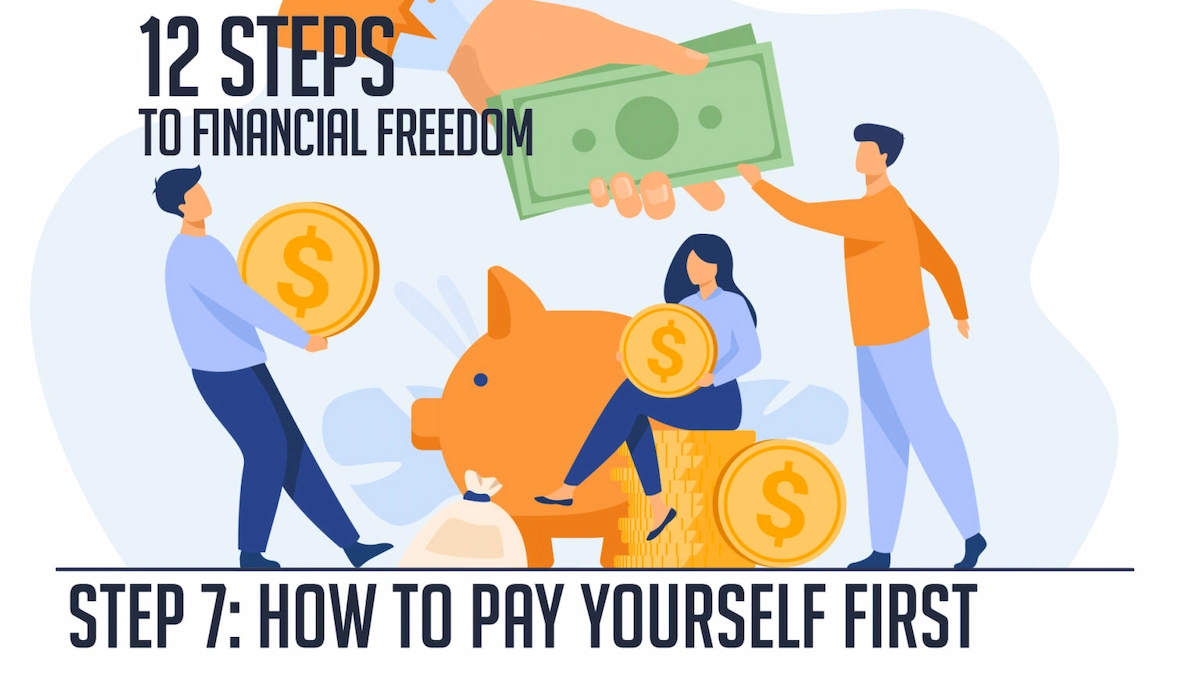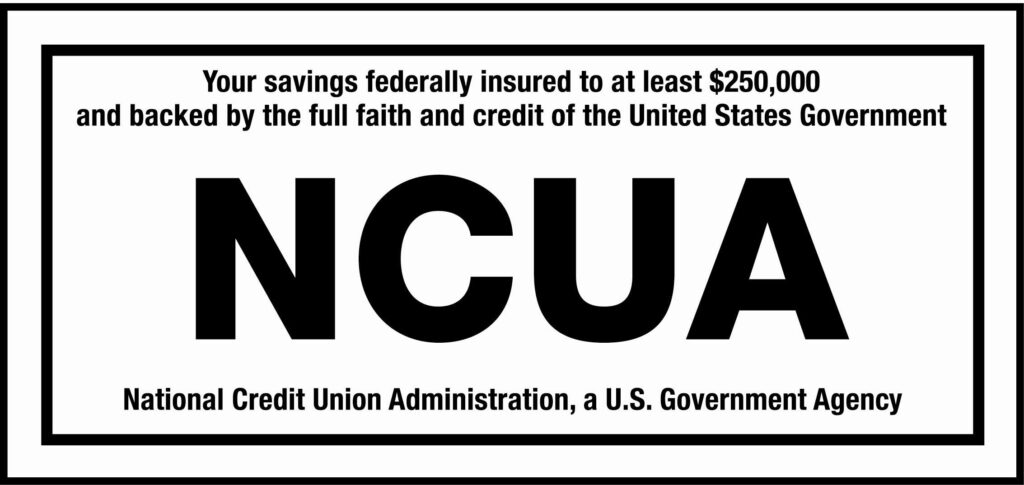12 Steps to Financial Wellness-Step 2: Creating a Budget
12 Steps to Financial Wellness
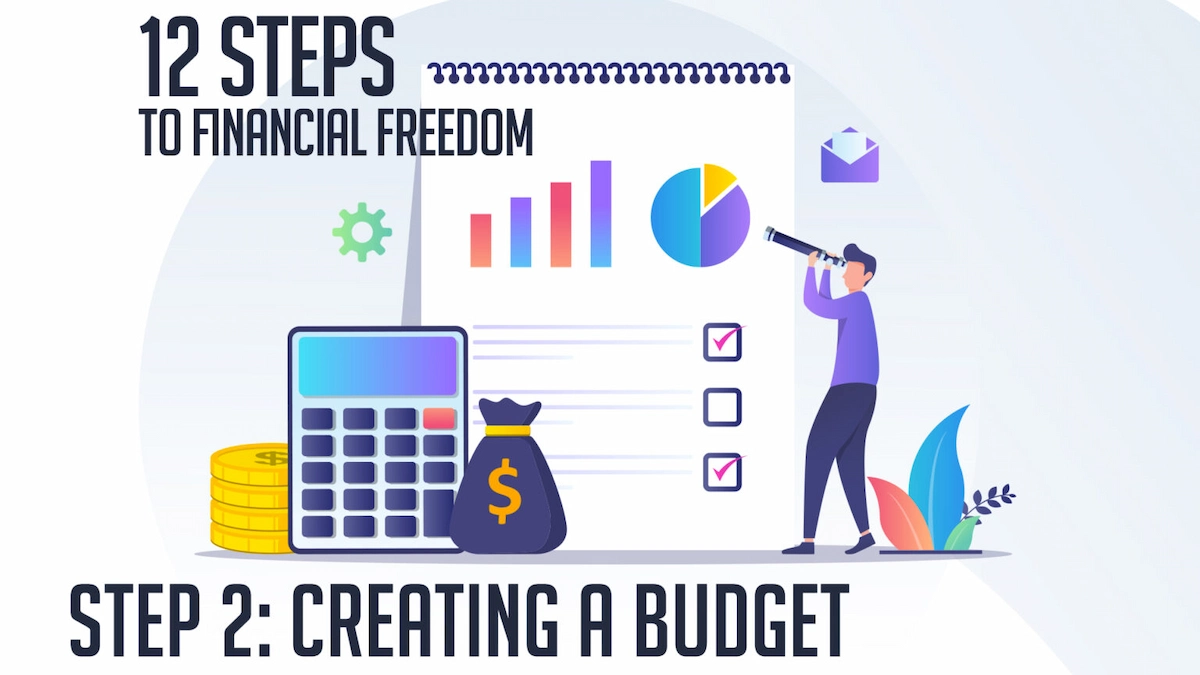
Step 2: Creating A Budget
Budgets play a crucial role in promoting financial awareness, which leads to more responsible money choices.
Let’s take a look at how to create a budget and review some popular budgeting systems, as well as how they work.
Create a budget in 5 easy steps
- Track your spending and income. This includes all your financial documents, like your account statements, bills and pay stubs. [If you’ve followed Step 1, you’ve already completed this step–nice work!]
- Tally up your totals. Calculate the totals of your monthly expenses and all streams of income.
- List your needs. Your needs include anything that is essential for living and basic functions, such as mortgage payments. As you list each need, write down its corresponding cost. Sum the total of all your needs when you’ve finished.
- List your wants. This includes anything that is not essential for living, like entertainment costs. Here, too, note the monthly cost of each item on your list and add up the total when you’re done.
- Assign dollar amounts to your expenses. Open a new spreadsheet and copy your list of expenses. Assign an appropriate dollar amount for each of these costs.
- Review and tweak as necessary. You will likely need to adjust the amounts in each expense category at least once a year to keep your budget relevant.
Budgeting systems
While every kind of budget involves tracking expenses and committing to a maximum spending amount each month, there is a wide range of budgeting systems to fit every kind of personality and money management style.
- The traditional budget. doesn’t involve much more work than the steps described above. After working out a number for every expense category, you’ll simply need to track your spending throughout the month to ensure you’re sticking to the plan. You can use a spreadsheet for this purpose, or utilize one of the budgeting features in our Online Banking. AGCU has helpful budgeting tools with online banking. just log on to your account through our web portal and click on the “My Finance” tab. If your life happens on your phone, you use budgeting apps like YNAB or Mint to help you track your spending. Both apps allow you to allocate a specific amount of money for each spending category for each month and will enable you to track your spending with just a few clicks. It’s important to note that YNAB is not a free app, but that it may be worth the price for users who want to take on a more active role in their money management.
- The money-envelope system. works similarly. However, instead of simply committing to sticking to your spending amounts for each expense category, you’ll withdraw the amount you plan to spend on all non-fixed expenses in cash at the start of the month. Divide the cash into separate envelopes, using one for each of these expenses. Then, withdraw cash from the appropriate envelope when making a purchase in that category. There’s no way to blow your budget with this system; when the money in the “Dining out” envelope runs dry, that’s all for this month!
- The 50/30/20 budget. is simpler, but requires more discipline. Set aside 50 percent of your budget for your needs, 30 percent for wants and the remaining 20 percent for savings. Of course, you’ll need to make sure your income and expenses will work with this kind of budget. Does 50 percent of your income cover your needs? If yes, this budget allows for more individual choices each month and less accounting and tracking of expenses.
- A well-designed budget can provide its creator with a sense of financial security and freedom. When you stick to a budget, you’ll always know you have enough to get through the month and save for the future. Start budgeting today!
Read Step 1: How to Track Your Spending
Read Step 2: Creating a Budget
Read Step 4: Have the Money Talk With Your Partner
Read Step 5: Practice Mindful Spending
Read Step 7: How to Pay Yourself First
Read Step 8: Know When and How to Indulge
Read Step 9: Build and Maintain an Excellent Credit Score
Read Step 10: Plan for Retirement
Read Step 12: Review and Tweak
Banking With A Purpose
Much more than a catchphrase, our tagline is our passion, our reason why we do what we do. This is the impact of your membership with AGCU.
Learn More About Banking with a Purpose
